Centro de recursos
El coronavirus: ómicron, el futuro y el impacto en los hogares de ancianos
Jueves, 27 de enero a la 1 p.m., hora del este
Llama sin cargo al 855-274-9507 para hacer tu pregunta o escucha gratis el evento aquí (para escuchar en español marca el 833-946-1559).
El número de casos de coronavirus en Estados Unidos sigue peligrosamente alto con relación a los aumentos anteriores, y una vez más los hogares de ancianos están recibiendo un gran golpe. Las personas en el país están asustadas y frustradas, y se preguntan si algún día la pandemia terminará. Nuestro panel de expertos abordó tus preguntas relacionadas con ómicron y cómo mantenerte seguro y protegido a medida que el virus continúa afectando nuestras vidas.
Si no pudiste acceder al evento en vivo, escucha una repetición en el video que está arriba (en inglés).
Conoce a nuestros expertos:


Membresía de AARP: $15 por tu primer año cuando te inscribes en la renovación automática.
Obtén acceso inmediato a productos exclusivos para socios y cientos de descuentos, una segunda membresía gratis y una suscripción a AARP The Magazine.
Únete a AARP
David Talbot, M.D.
Epidemiólogo hospitalario principal
Vanderbilt University Medical Center
Jennifer Goldman, D.O.
Médica de familia y jefa de atención primaria
Memorial Healthcare System
Lori Smetanka
Directora ejecutiva
The National Consumer Voice for Quality Long-Term Care
Para más información visita AARP.org/elcoronavirus


















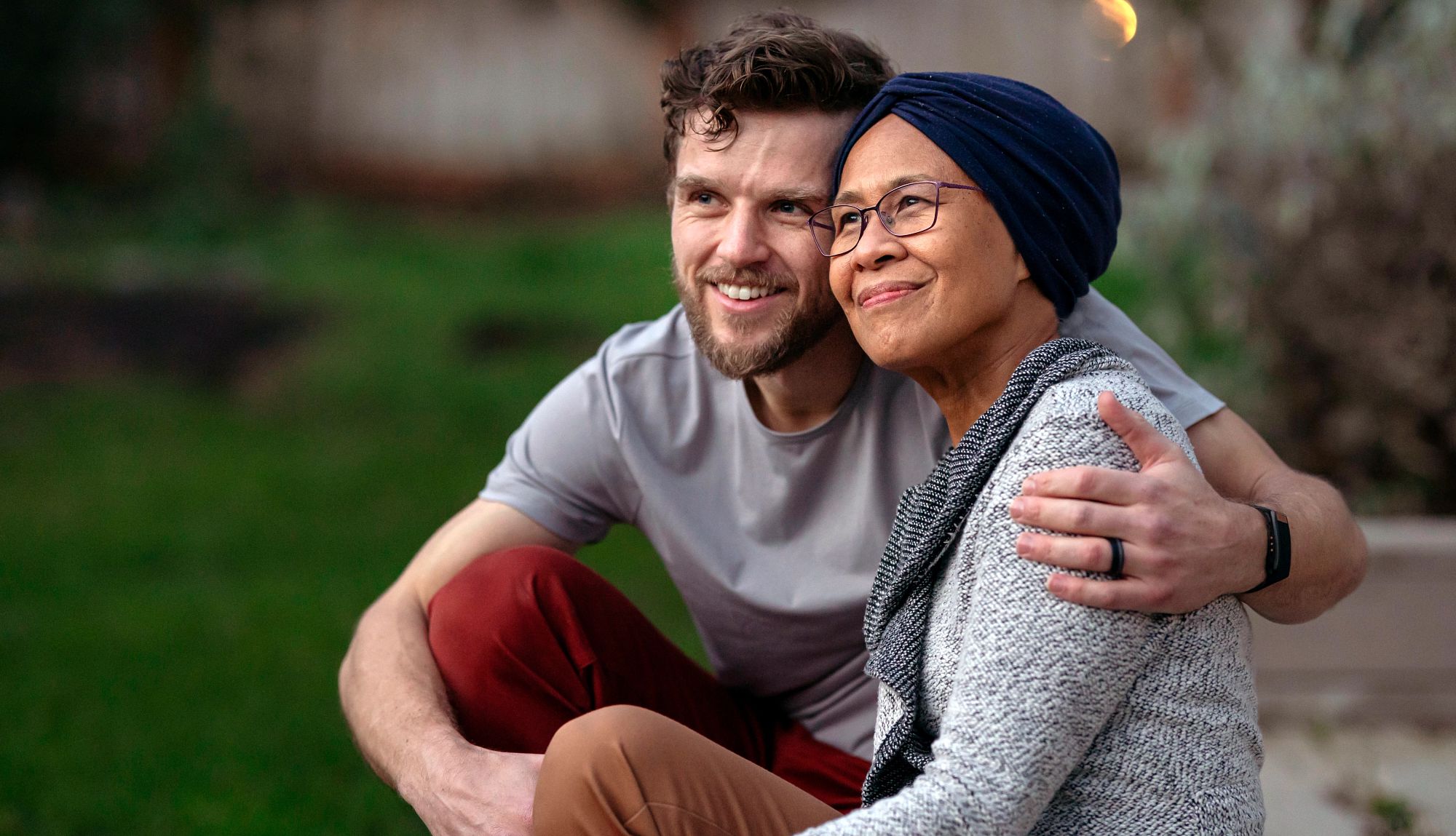



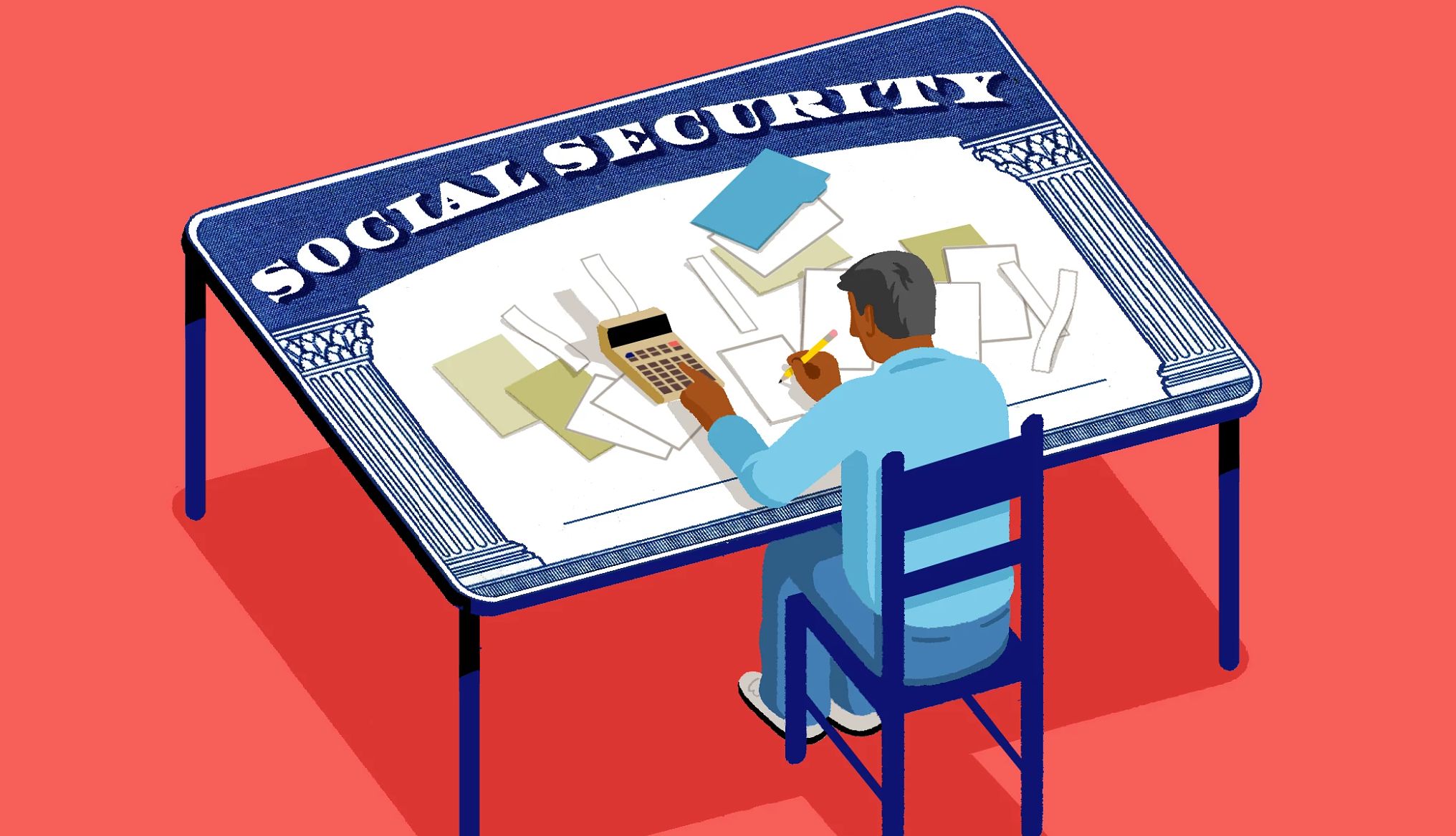





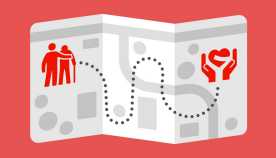







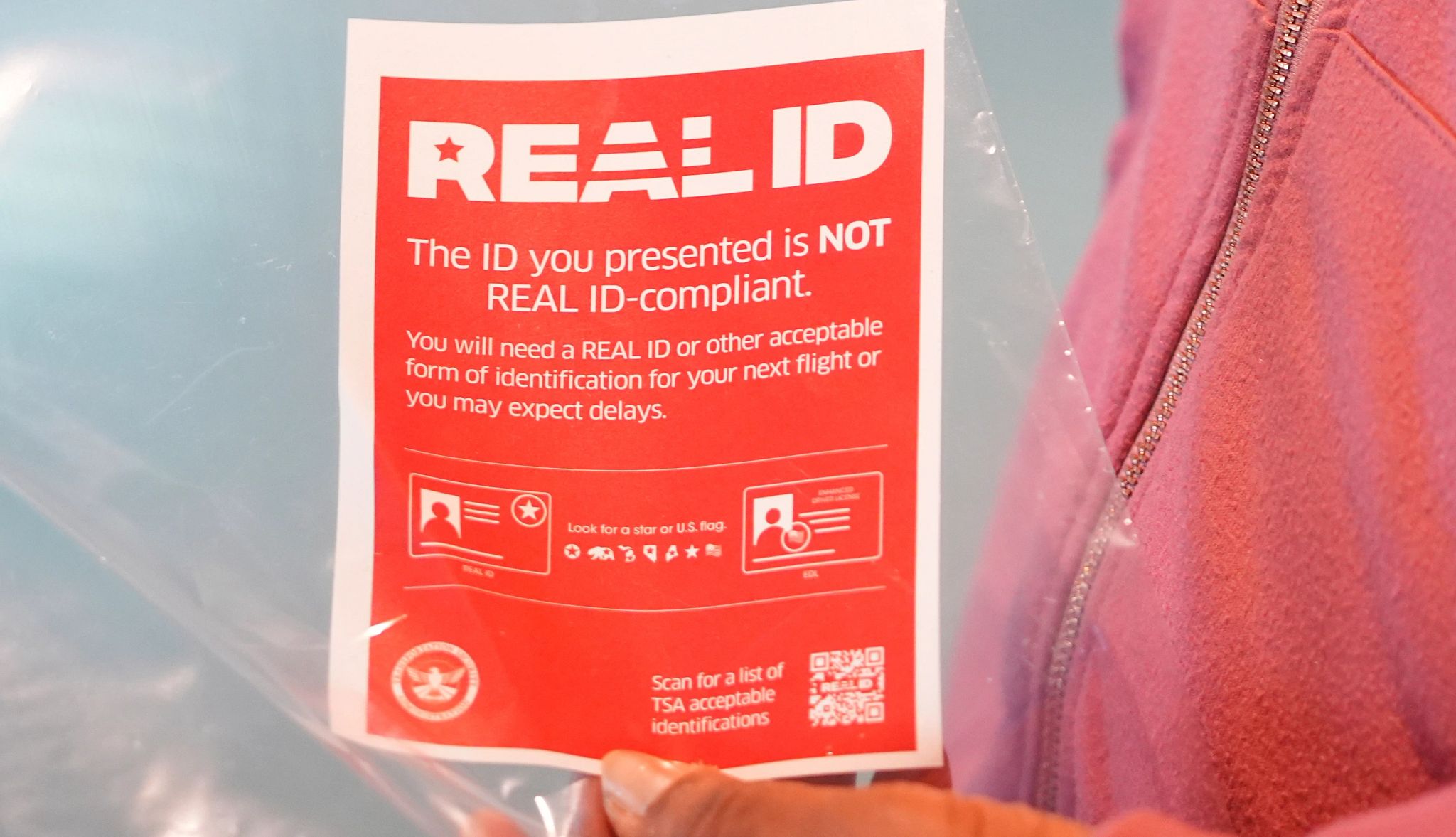
.jpg?crop=true&anchor=13,195&q=80&color=ffffffff&u=lywnjt&w=2008&h=1154)

















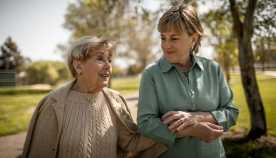









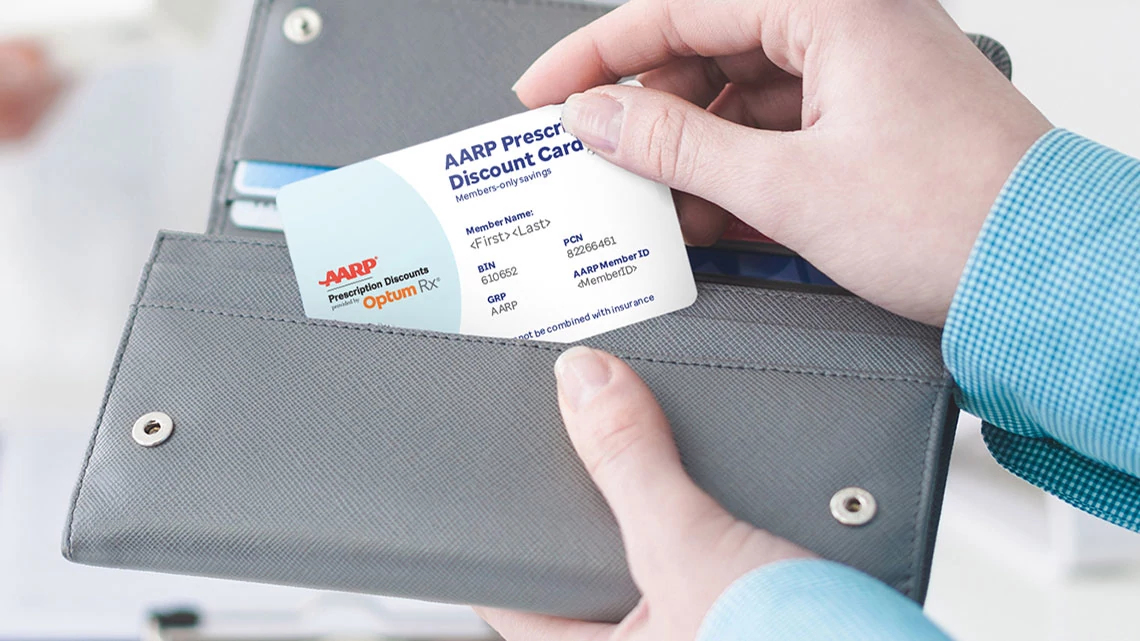


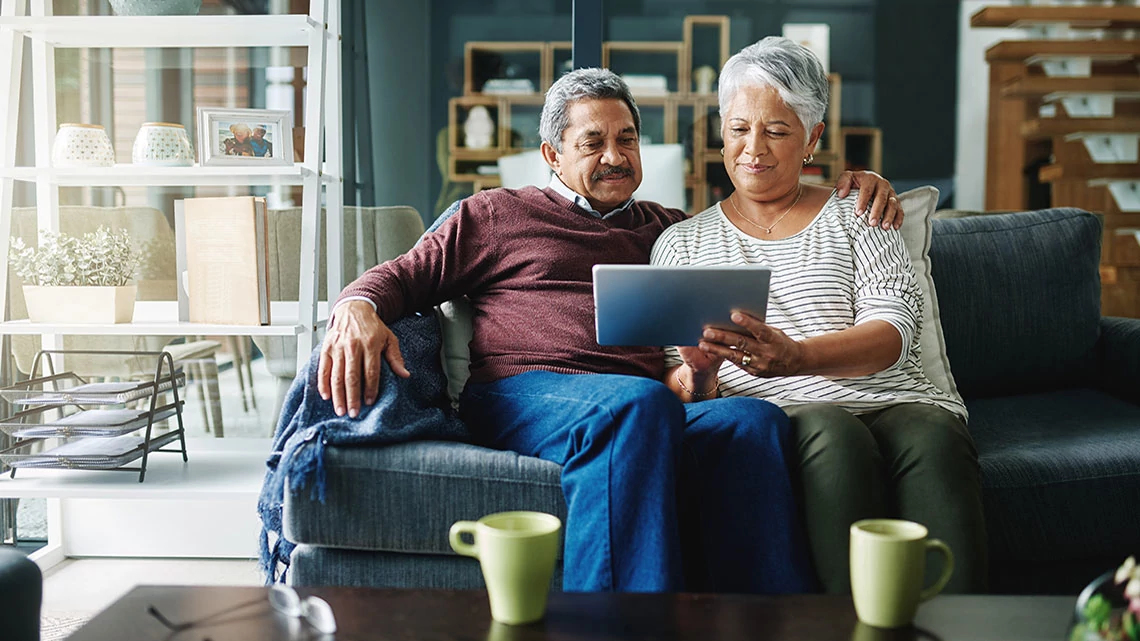
También te puede interesar